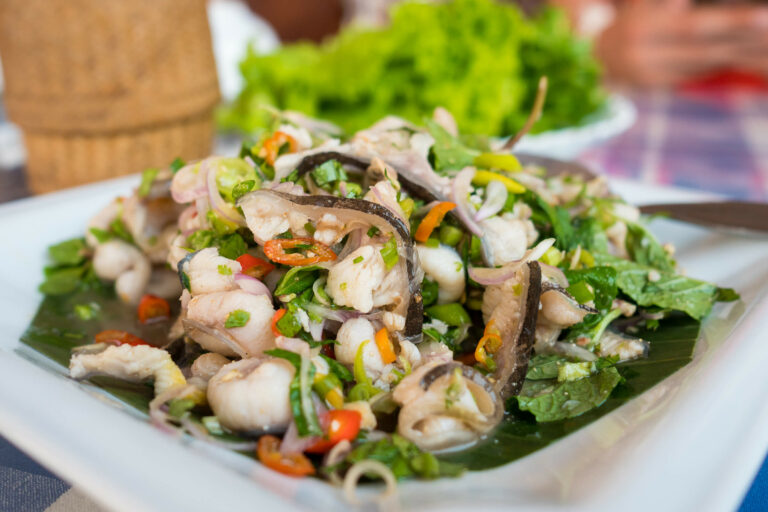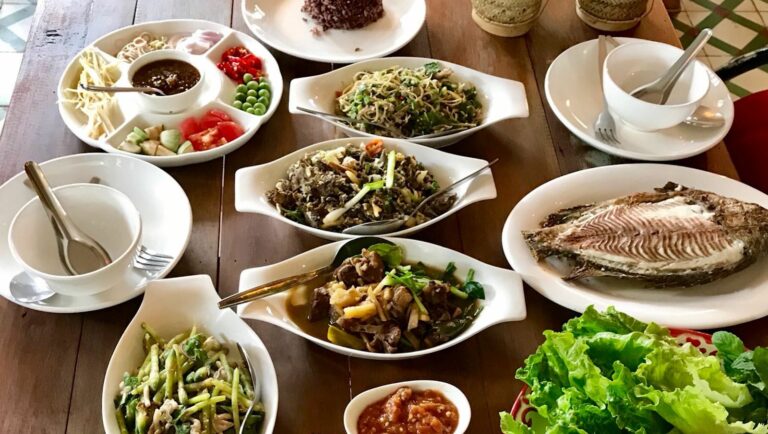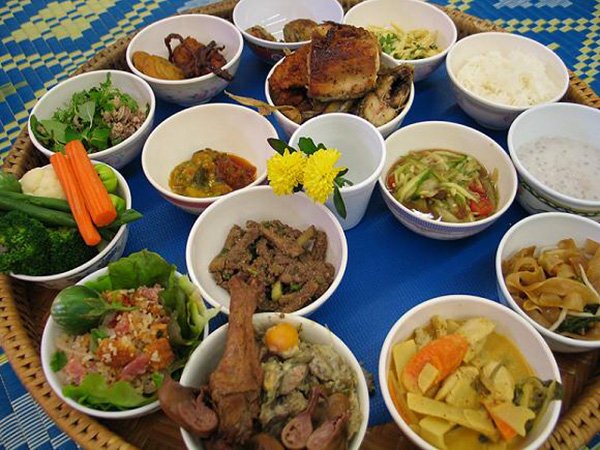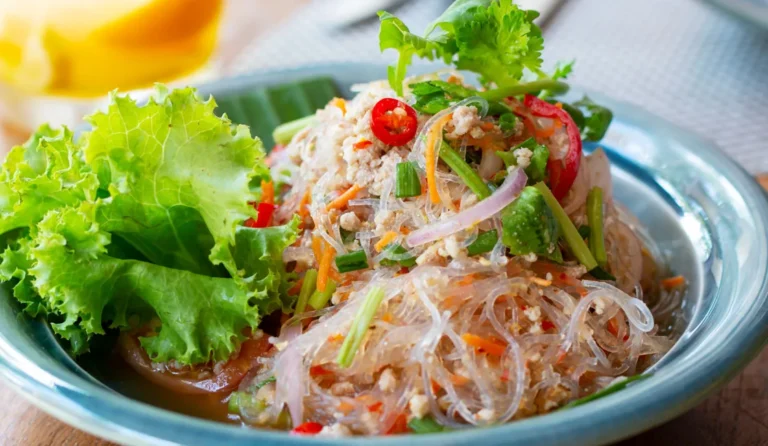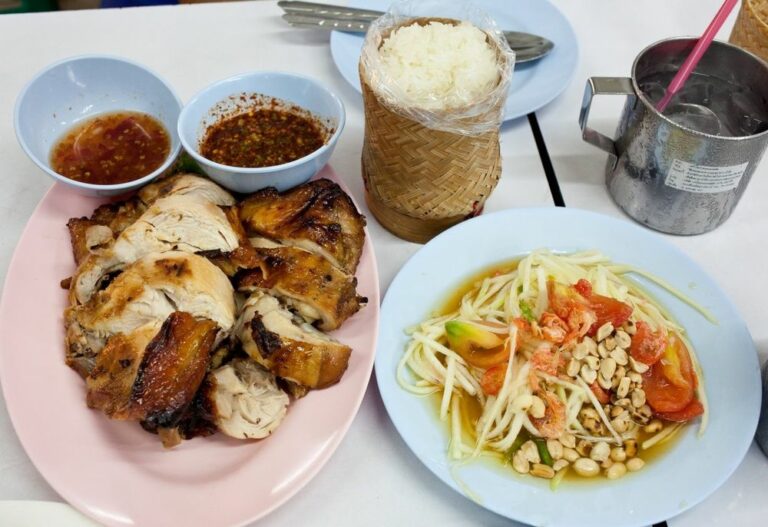Introduction
Laotian cuisine is one of the lesser-known cuisines in Southeast Asia, but it is definitely not one to be overlooked. Laotian dishes are a unique blend of flavors, textures, and ingredients that make them stand out from other cuisines in the region. From spicy soups to savory stir-fries, Laotian cuisine offers a diverse range of dishes that will satisfy any palate.
The Staples of Laotian Cuisine
Rice is the staple food of Laotian cuisine, with sticky rice being the most commonly consumed. Fish, pork, chicken, and beef are the most popular meats used in Laotian dishes. Vegetables like mushrooms, bamboo shoots, and herbs such as basil and mint are also commonly used. Fish sauce, soy sauce, and oyster sauce are some of the most common condiments used in Laotian cooking.
Unique Ingredients in Laotian Cooking
One of the unique ingredients in Laotian cuisine is padaek, a fermented fish sauce. Padaek is used as a dipping sauce and also as a seasoning in many dishes. Another unique ingredient is galangal, a type of ginger that has a distinct citrusy flavor. Laotian dishes also often use padaek-fermented soybean paste, which adds a savory, umami flavor to dishes.
Key Spices and Flavors in Laotian Dishes
Laotian cuisine is known for its bold flavors, with a focus on sour, spicy, and salty flavors. Key spices and flavors in Laotian dishes include lemongrass, garlic, chili peppers, lime juice, and tamarind. The combination of these ingredients gives Laotian dishes a unique and exciting flavor profile.
Laotian Street Food Favorites
Laotian street food is a must-try for any food lover. Some popular street food dishes include khao piak sen, a chicken noodle soup, and khao jee, a baguette sandwich filled with pork pâté, pickled vegetables, and chili sauce. Another popular street food dish is sai oua, a grilled pork sausage that is spiced with lemongrass, chili, and galangal.
A Culinary Journey Through Laotian Cuisine
Laotian cuisine is a culinary journey that offers unique ingredients, bold flavors, and delicious street food. From the sticky rice to the padaek, every ingredient in Laotian cooking plays a role in creating the authentic flavors that make it so special. If you’re looking to expand your palate or try something new, Laotian cuisine is a must-try.

